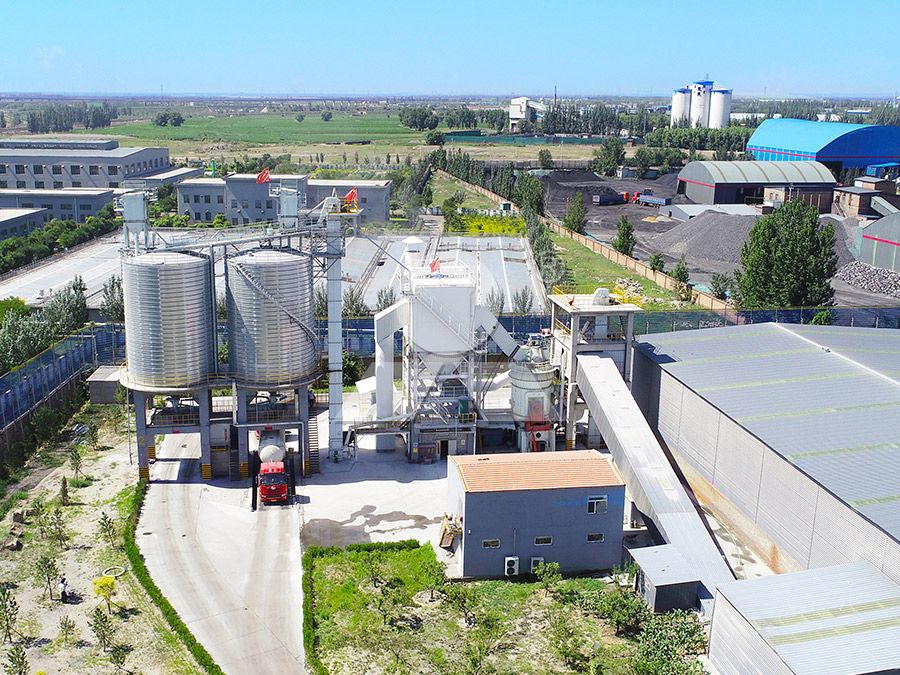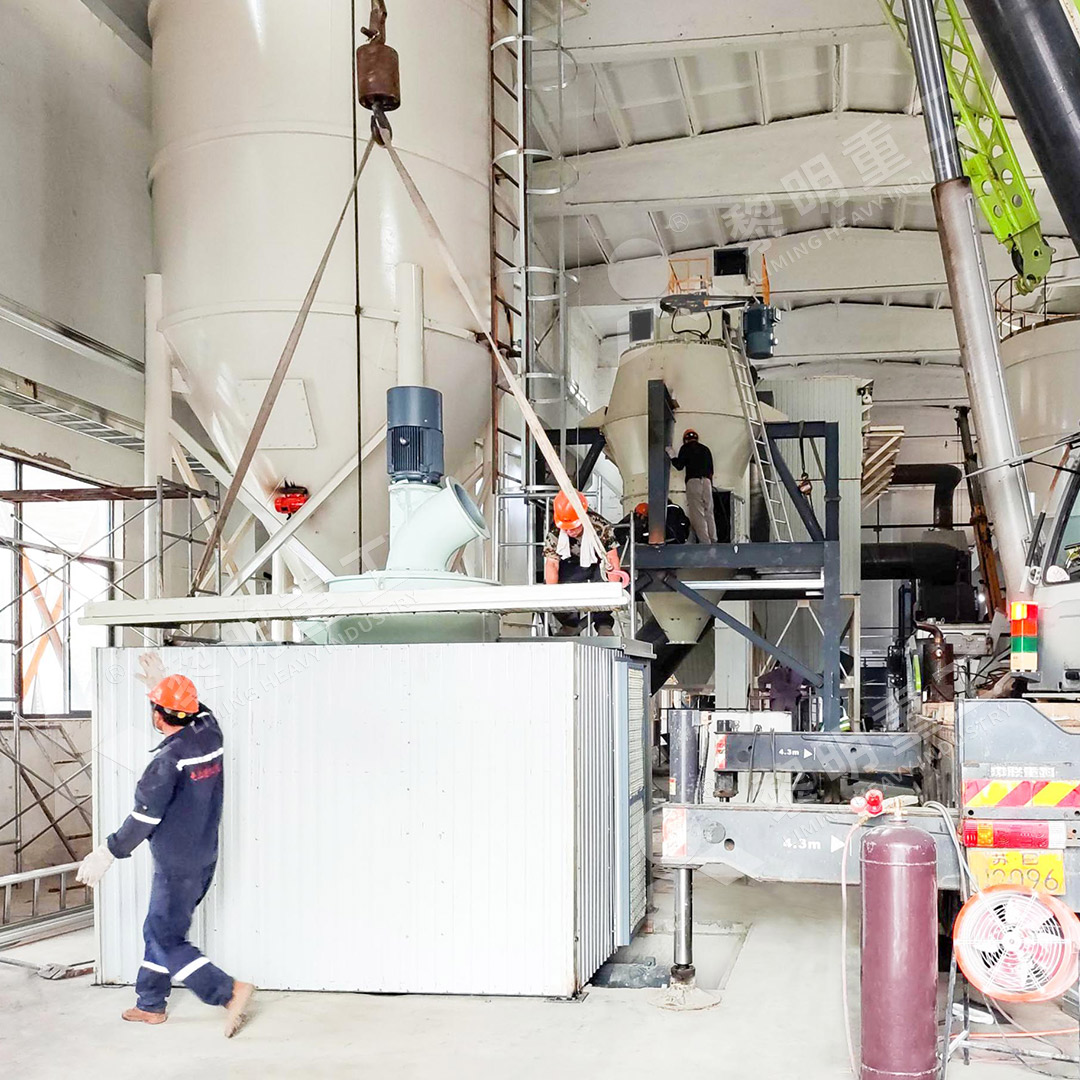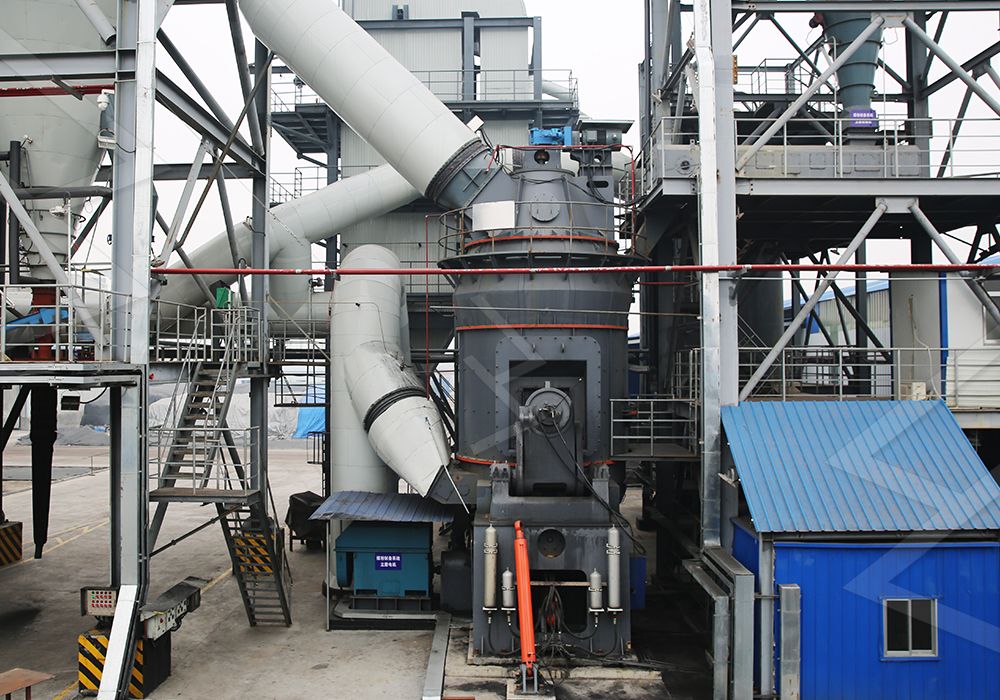Dry Grinding System for Carbide Slag: Zero Pollution & Complete Recycling
Revolutionizing Carbide Slag Processing Through Advanced Dry Grinding Technology
The industrial sector faces increasing pressure to develop sustainable solutions for byproduct management, particularly in carbide slag processing. Traditional wet processing methods often generate significant environmental challenges, including water contamination and waste disposal issues. Our innovative dry grinding approach represents a paradigm shift in how industries can transform carbide slag from an environmental liability into valuable resources.

The Environmental Imperative for Dry Processing
Carbide slag, a byproduct of acetylene production, presents unique processing challenges due to its chemical composition and physical properties. Conventional wet methods consume substantial water resources and create slurry disposal problems. Our dry grinding technology eliminates water usage entirely while ensuring zero discharge of pollutants into the environment. The closed-system design prevents dust emissions and captures all particulate matter for complete recycling.
Technical Superiority in Grinding Performance
The heart of our system lies in advanced grinding technology that delivers exceptional particle size reduction while maintaining energy efficiency. Unlike conventional ball mills that suffer from low efficiency and high energy consumption, our specialized grinding mills achieve superior results through innovative engineering.
For carbide slag applications requiring ultra-fine powder production, we particularly recommend our MW Ultrafine Grinding Mill. This remarkable machine processes materials with input sizes up to 20 mm and delivers capacities ranging from 0.5 to 25 tons per hour. Its unique design eliminates rolling bearings and screws within the grinding chamber, significantly reducing maintenance concerns and potential contamination risks.

Complete Recycling and Resource Recovery
Our dry grinding system enables 100% utilization of carbide slag, transforming it into valuable products for various industries. The processed material finds applications in construction materials, soil stabilization, and as raw material in cement production. The system’s precision grinding capabilities allow for customized particle size distributions to meet specific end-use requirements.
Environmental Protection Features
The integrated pulse dust collector and muffler system ensures that our grinding operations meet the strictest environmental standards. The entire production process operates under negative pressure, preventing any fugitive dust emissions. Advanced noise reduction technology maintains workplace comfort while sophisticated monitoring systems provide real-time environmental compliance data.
For operations requiring vertical grinding solutions, our LUM Ultrafine Vertical Grinding Mill offers exceptional performance with input sizes up to 10 mm and capacities from 5 to 18 tph. Its reversible structure simplifies maintenance while the multi-head powder separating technology ensures precise particle classification.
Economic Advantages and Operational Efficiency
Beyond environmental benefits, our dry grinding system delivers substantial economic advantages. The MW Ultrafine Grinding Mill demonstrates 40% higher production capacity compared to jet grinding mills and twice the output of traditional ball mills, while consuming only 30% of the energy of jet grinding systems. The adjustable fineness between 325-2500 meshes provides exceptional flexibility for diverse market requirements.

Frequently Asked Questions
What makes dry grinding superior to wet processing for carbide slag?
Dry grinding eliminates water consumption, prevents water pollution, reduces energy requirements for drying, and enables complete material recovery without waste generation.
How does the MW Ultrafine Grinding Mill achieve zero pollution?
The mill integrates efficient pulse dust collection, sealed system design, and negative pressure operation to contain all particulate matter, while advanced noise reduction technology minimizes acoustic impact.
What particle size range can be achieved with your grinding systems?
Our MW Ultrafine Grinding Mill produces powders ranging from 325 to 2500 meshes, with the capability to achieve d97≤5μm in a single pass, meeting the most demanding specifications.
How does your technology handle varying feed material characteristics?
Advanced control systems automatically adjust grinding parameters to accommodate fluctuations in feed size, moisture content, and hardness, ensuring consistent product quality.
What maintenance advantages does your equipment offer?
The absence of rolling bearings and screws in the grinding chamber, combined with external lubrication systems, enables continuous 24-hour operation with minimal maintenance requirements.
Can the system be integrated with existing industrial processes?
Yes, our grinding systems are designed for seamless integration with existing material handling, storage, and packaging systems, with customizable configurations to match specific facility requirements.
